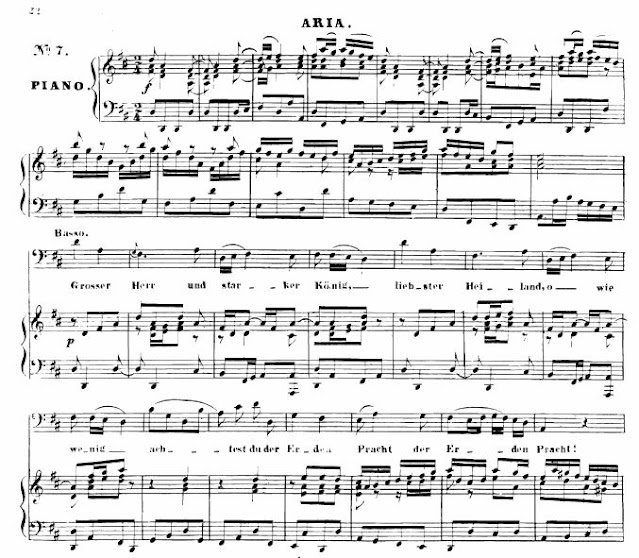Aaron Copland's Appalachian Spring
This recommendation - as well as my admiration for this piece - comes mostly from one sentence that my father said to me about it. "You can listen to Appalachian Spring 100 times," he said, "and it'll still surprise you at every turn." I haven't been able to disagree with his judgement of Copland's masterpiece, even after listening to it hundreds of times.
For me the central theme was always the Shaker melody "Simple Gifts", which is featured in only two of the eight parts. But since it was recognizable, I always waited for it and reveled in its beauty. Having never studied the score, which was originally ballet music written in 1944 for Martha Graham, I let it entertain and surprise me, as my father's notion had taught me.
Enter Scribd, an online database full of books, articles, magazines and sheet music. No longer did I have to go to the library to check out sheet music, it was suddenly downloadable onto my tablet. I found a score and began to study it at the piano. Wow, is it complex! The harmonies and rhythms are not as simple as they seem on the surface. When musicologists write about Aaron Copland's music, they usually mention his "typically American idiom," which comprised both the harmonic and rhythmic elements.
Just now I had an amazing experience. I watched the ballet, featuring the 65-year-old Martha Graham herself as the bride, for the first time. After listening to the suite for so long, I finally got the huge reward of being able to understand it on a higher level. This rendering is one of the best things I've ever seen. Beautifully danced and filmed, there was even new music to discover that is not in the suite. I was curious about that, which is why I just sought it out. I know that The Nutcracker is two hours long in its entirety, yet the Suite lasts only 20+ minutes. Watching that entire ballet is also rewarding.
But THIS PERFORMANCE! It was like falling in love with a symphony and learning that the composer wrote eight more symphonies that are just as lovable. And yet here I finally realized what the music intended to portray. Just as with the timelessness of the music, the plain set and expressive dancing create a classic gem. It's just too good not to know!
Whereas the Suite has eight parts, the ballet is divided into 14 movements. Here are the notes from Martha Graham's 1959 performance:
1st movement: Very slowly. Introduction of the characters, one by one, in a suffused light.
2nd movement: Fast. Sudden burst of unison strings in A major arpeggios starts the action. A sentiment both elated and religious gives the keynote to this scene.
3rd movement: Moderate. Duo for the Bride and her Intended scene of tenderness and passion.
4th movement: Quite fast. The Revivalist and his flock. Folksy feeling suggestions of square dances and country fiddlers.
5th movement: Still faster. Solo dance of the Bride presentiment of motherhood. Extremes of joy and fear and wonder.
6th movement: Very slowly (as at first). Transition scene to music reminiscent of the introduction.
7th movement: Celebration of marriage and newfound relationships. This is the iconic use of the 'Simple Gifts' theme that arguably makes this music piece famous.
8th movement: Fast and manic. The revivalist warns the newlyweds of the perils of evil on the frontier.
9th movement: Dramatic and deep. The husbandman seeks guidance from the pioneer woman.
10th movement: Fast and folksy as before: A return to the flock admiring the preacher.
11th movement: Fast and manic. The bride worries about her impending life on the frontier. We see her suggesting childbirth and rearing.
12th movement: Slow and calm. The husbandman comes to the bride to console her with his newfound guidance.
13th movement: Dramatic replaying of the theme. The "Simple Gifts" tune is played once again dramatically as all the characters celebrate the coming of the husband and wife to the frontier.
14th movement: Slow and resolute: The characters' recessional. We leave the bride and husbandman to their newfound future.




https://youtu.be/PSX_vh_WnDY
ReplyDeleteHere is an interview with the main dancer in this ballet at 96!